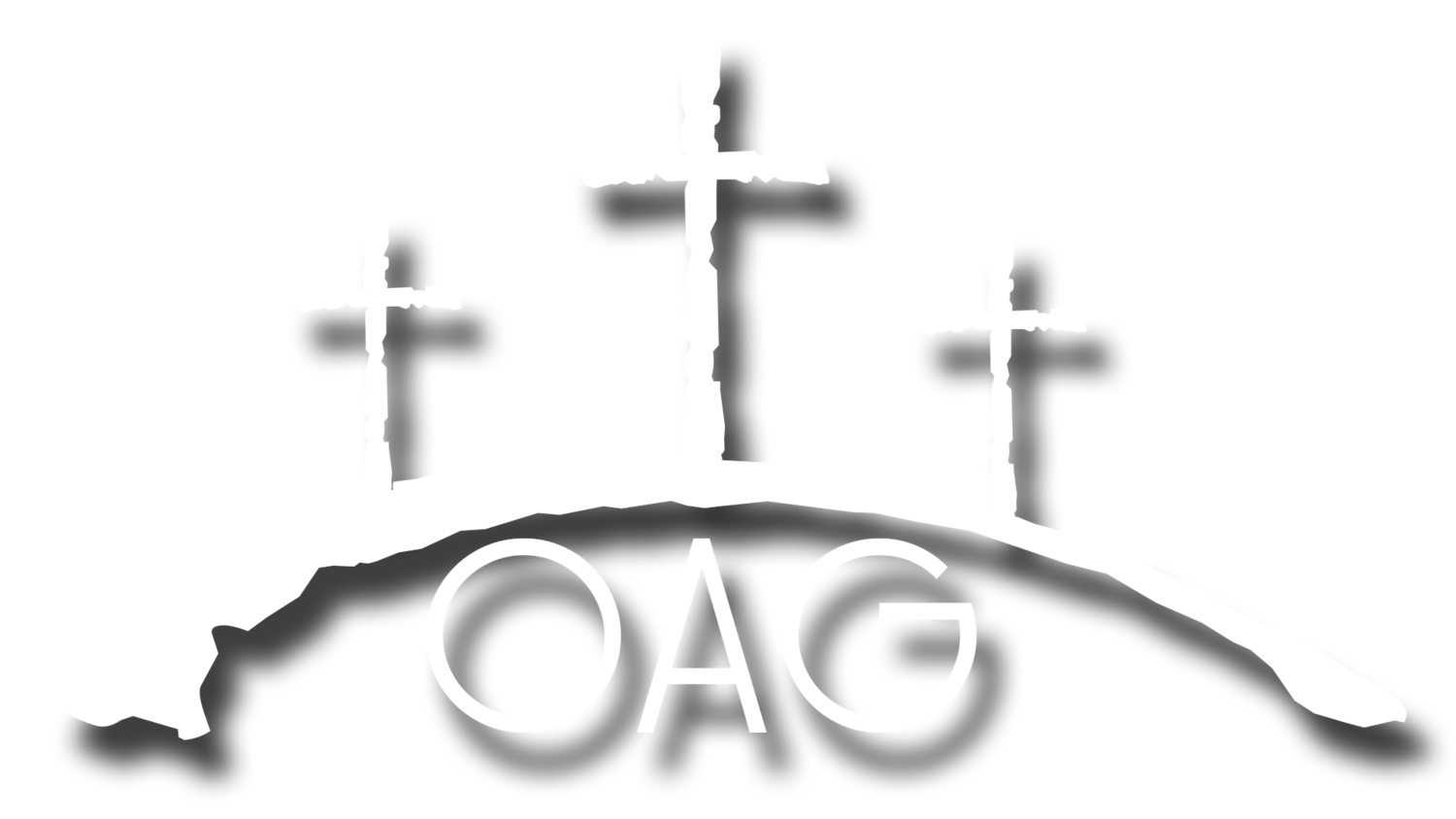A Model For Prayer
Preached to: Middle School Students
Speaker: Pastor Amanda Hahn
Pastor Amanda's sermon to Middle School students focuses on the importance of prayer, emphasizing it as a personal conversation with God. The message revisits previous teachings about prayer, highlighting roadblocks that can hinder communication with God, such as anger or comfort. She introduces Jesus' model of prayer, known as the Lord’s Prayer, and breaks it down for the students, making it relatable and applicable to their lives. Pastor Amanda uses interactive activities, like a Q&A session with colored cards, to engage the students in reflecting on their own prayer habits. She also introduces the "ACTS" prayer model—Adoration, Confession, Thanksgiving, Supplication—as a guide to deepen their prayer life. The sermon ends with practical advice for applying these principles throughout the week, encouraging students to be intentional and purposeful in their prayers.
Keep up with all that’s going on at Amplify Youth, including dates, times, sign-ups, and forms, on our main page.
-
Discussion Guide 1: The Importance of Prayer
Question: Why do you think prayer is important in our daily lives?
Discussion: Talk about how prayer is like having a conversation with God, just as we talk with family members. Discuss how Jesus provided a model of prayer in the Lord's Prayer and why it’s important to follow His example.
Activity: Share something you prayed about recently and discuss how it made you feel.
Discussion Guide 2: Overcoming Roadblocks in Prayer
Question: What are some things that can stop us from praying?
Discussion: Reflect on the roadblocks discussed in the sermon, like anger or being too comfortable. Discuss ways to overcome these roadblocks and make prayer a priority.
Activity: As a family, identify one roadblock each person might face and come up with ways to overcome it together.
Discussion Guide 3: Learning the Lord's Prayer
Question: What does each part of the Lord’s Prayer mean to you?
Discussion: Break down the Lord’s Prayer line by line and discuss what each part means. Talk about how you can apply these aspects of prayer to your daily lives.
Activity: Practice reciting the Lord’s Prayer together and talk about how you can make it a personal prayer.
Discussion Guide 4: Using the ACTS Prayer Model
Question: How can the ACTS model help us pray more effectively?
Discussion: Discuss the four parts of the ACTS model (Adoration, Confession, Thanksgiving, Supplication) and how each one helps us focus our prayers.
Activity: As a family, create a simple ACTS prayer together, with each person contributing one part of the model.
Discussion Guide 5: Making Prayer a Habit
Question: How can we make prayer a regular part of our family life?
Discussion: Discuss the idea of praying at specific times each day, such as before meals or bedtime. Talk about how this habit can strengthen your relationship with God and with each other.
Activity: Set a goal as a family to pray together at least once a day for the next week, and choose a specific time that works for everyone.
-
Starter:
Opening discussion about last week’s devotions and rewards with cafe cash.
Brief recap of the prayer series: Week 1 (What is prayer?), Week 2 (Roadblocks to prayer).
Message:
Introduction to Week 3: How to pray using the method Jesus taught.
Interactive Q&A with students about their prayer habits using colored cards.
Discussion on different aspects of personal and family prayer life.
Dig Deeper:
Introduction to the Lord’s Prayer (Matthew 6:9-13) as a model for prayer.
Breakdown of each part of the Lord’s Prayer with student interaction.
Introduction to the ACTS prayer model (Adoration, Confession, Thanksgiving, Supplication).
Application:
Encouragement to use the Lord’s Prayer and ACTS model in daily prayer.
Distribution of a prayer calendar for students to plan their prayers throughout the week.
Incentive of cafe cash for students who complete and show their prayer calendar.
Conclusion:
Final prayer focusing on applying the message to their lives.
Encouragement to listen to God and be purposeful in their prayer time.
Closing reminder to be the light in a dark world.
-
Here are the Scriptures used in Pastor Amanda's sermon:
1. Matthew 6:9-13 - The Lord's Prayer (Primary Scripture for the message).
2. 1 Thessalonians 5:16-18 - "Always be joyful. Never stop praying. Be thankful in all circumstances, for this is God’s will for you who belong to Christ Jesus."
3. Matthew 6:5-8 - Jesus' teaching on how to pray, emphasizing not praying for show and the importance of private prayer.
